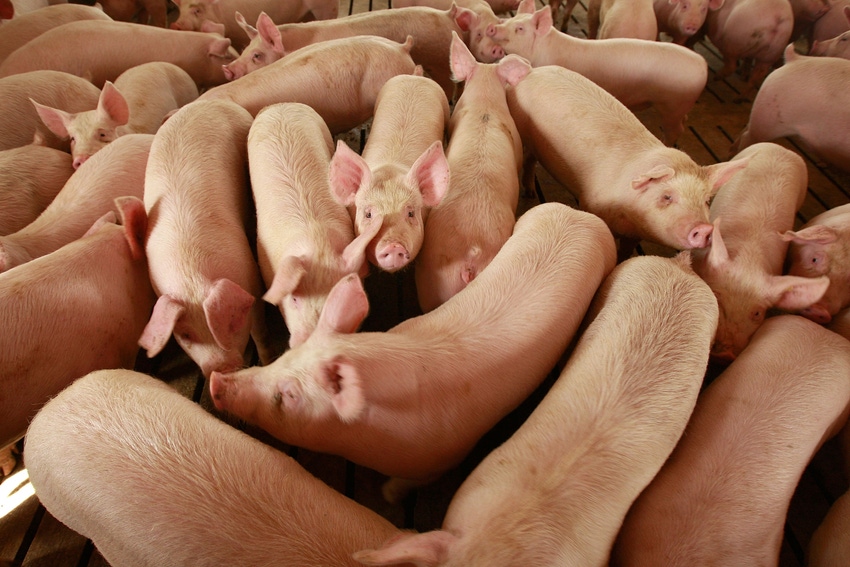Rising feed costs add to ongoing challenges resulting from African swine fever and COVID-19.

Strong domestic and export demand for U.S. pork is driving markets and supporting continued strength in hog prices, according to the RaboResearch Q1 2021 Pork Quarterly, “Looking for growth amid uncertainties.”
China continues to dominate the global trade picture, but Rabobank said the country’s expected reduction in imports in 2021 will have ramifications for the rest of the world.
Still, the report noted that China has battled a variety of diseases this winter, especially in the northeast region, where more positive growth was seen last summer. The recurrence of ASF has slowed the restocking pace and caused prices to stay elevated in December and January, the firm relayed.
Even as ASF continues to spread in China, the impact is declining, as large-scale farms continue to expand.
“Compared with a year ago, the herd loss is considerably smaller and culling of whole farm herds is rare,” reported the RaboResearch team. “We expect China’s imports to decline by 10% to 30% in 2021. This will still make 2021 the second-largest year for imports, but this change in demand will impact all exporters.”
ASF outbreaks in Germany continue to be reported, as well. Rabobank noted that the majority of cases have been in Brandeburg, with 496 out of 513 cases reported in the region as of Jan. 15. Even as more cases are found, the report suggested the risk of the disease reaching commercial farms remains low due to biosecurity efforts.
Rabobank expects continuing downward pressure on German and EU pig prices, as trade remains restricted and German pig farms are backlogged.
With ASF still causing turmoil in global pork trade, Rabobank said North American exports will be historically large in 2021. However, they are not likely to eclipse the volumes seen in 2020.
A weaker U.S. dollar and favorable trade policies will help the U.S. gain share through the first half of this year, the report suggested.
COVID-19 hanging on
While many hoped COVID-19 would move to the rearview mirror in 2021, Rabobank said the disease continues to affect activities in most markets.
The report identified four main issues associated with the pandemic that will affect pork production and consumption through 2021 and possibly beyond.
First, Rabobank said working from home will continue, which will have implications for supply chains as they must shift to where people are working.
Second, the shift away from traditional foodservice channels will remain. Many companies have adopted more agile ways to capitalize on emerging areas of growth. This, Rabobank said, will have implications for the responsiveness required of their supply chains.
Third, Rabobank said trust in the animal protein supply chain has been tested by plant workers, regulators who have questioned COVID-19 efforts, and consumers over how impacts have been managed.
“It will take time and renewed investment by animal protein supply chains to rebuild this trust,” the report noted.
Lastly, Rabobank suggested that foodservice will not return to “normal” until 2022 or even 2023. Restrictions will gradually be lifted as cases go down, but “total revenues through foodservice channels are still expected to be down on 2019 levels during 2021.
Feed costs further pressure producers
In addition to COVID-19 and ASF, rising feed costs are making their presence known in the animal protein sector. While prices of main feedstuffs will decline from the peak levels seen during Q1 2021, Rabobank said they will remain well above last year’s prices.
“While the influence of surging prices on regional feed costs will depend on the feed mixtures used, this will generally add downward pressure on hog farming margins and may force some smaller farmers to exit the market.”
Additionally, Rabobank said that higher corn and soybean prices may also trigger substitution of other grains, pushing up the prices of all grains.
As such, the firm said food inflation will be one of the key issues on government agendas across the globe this year.
About the Author(s)
You May Also Like





